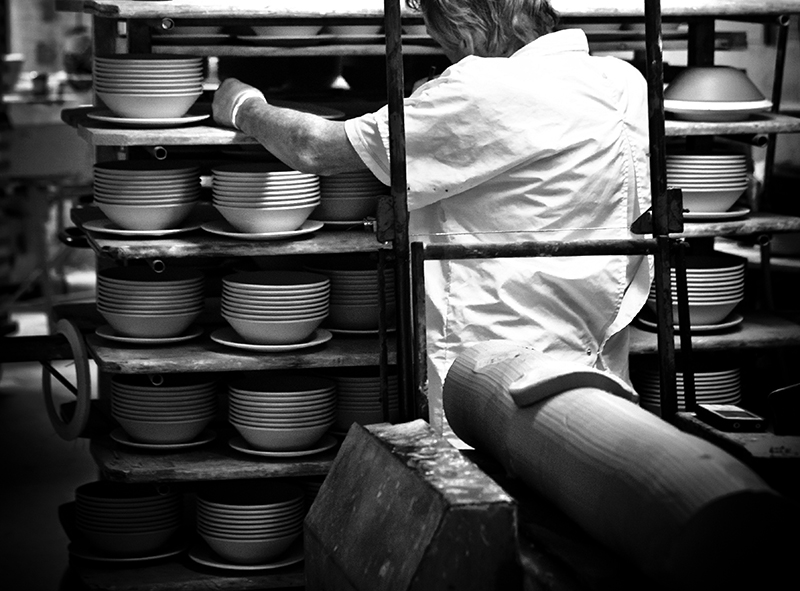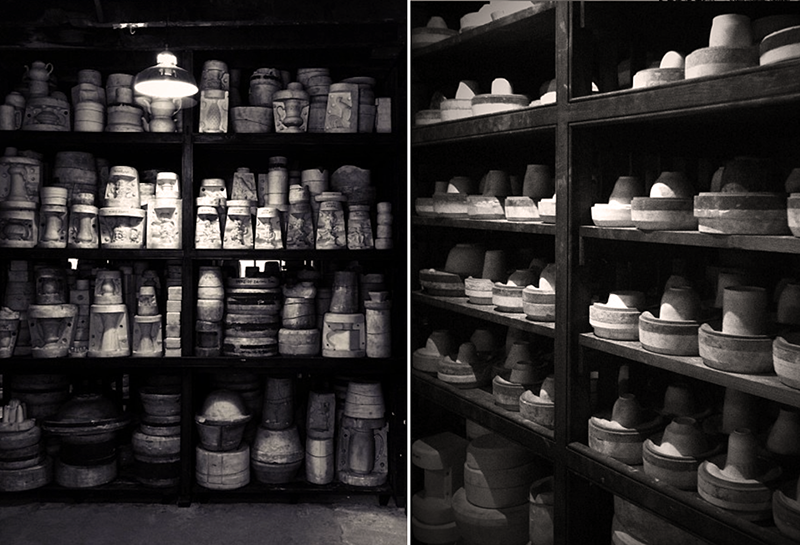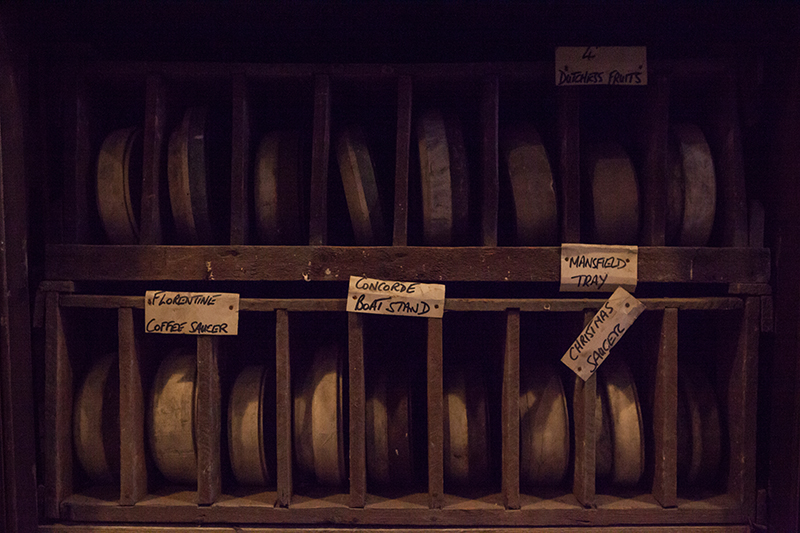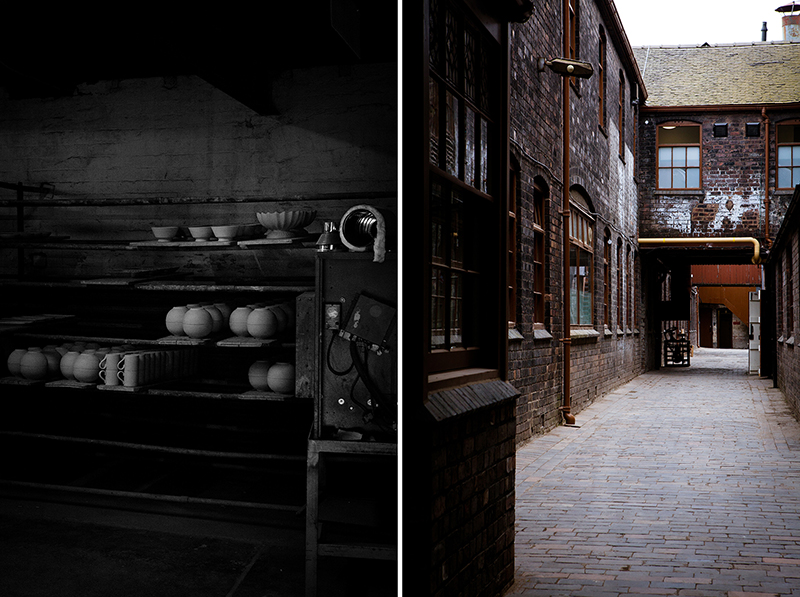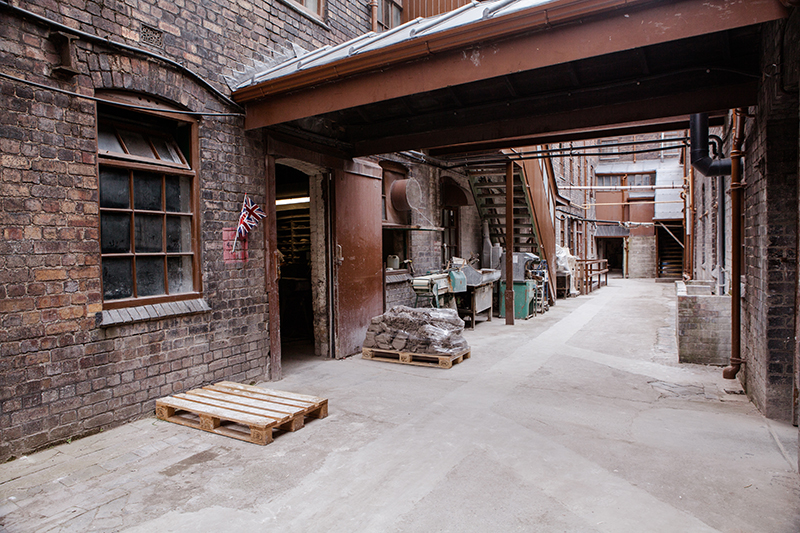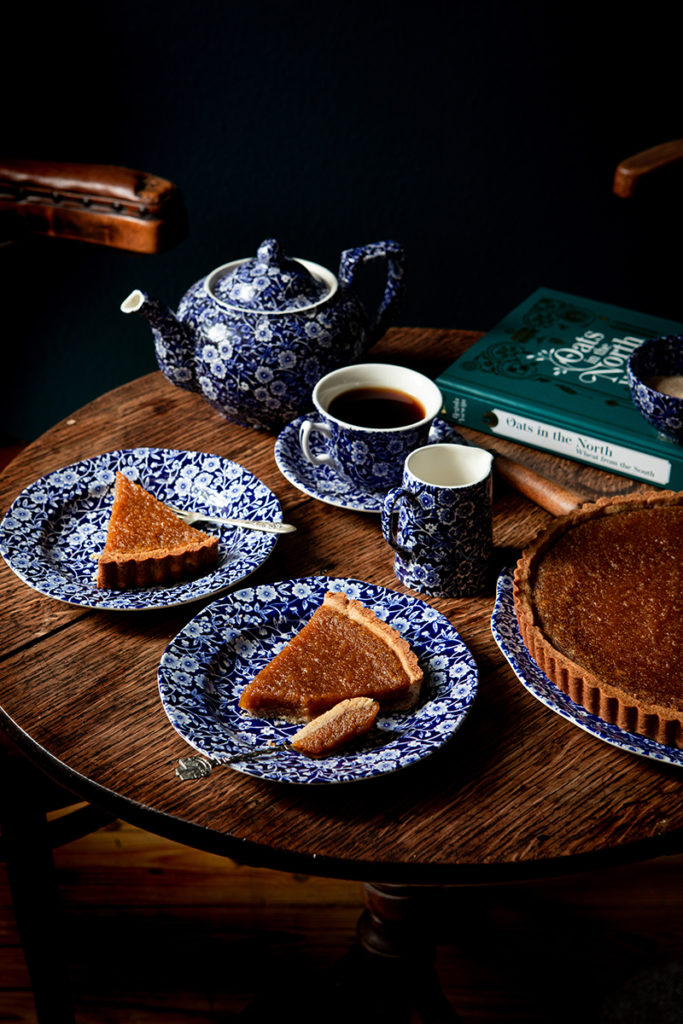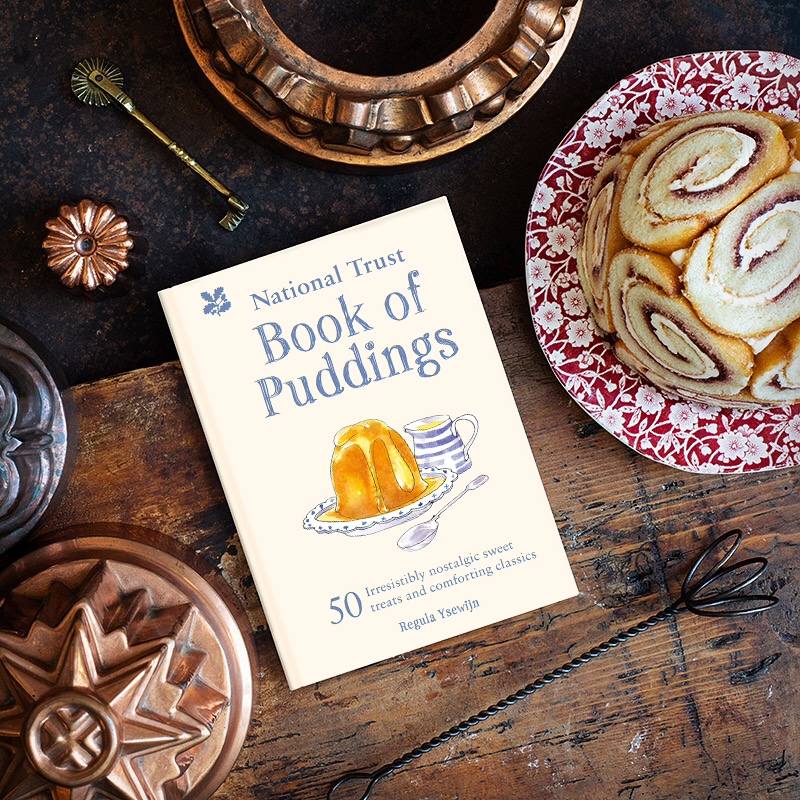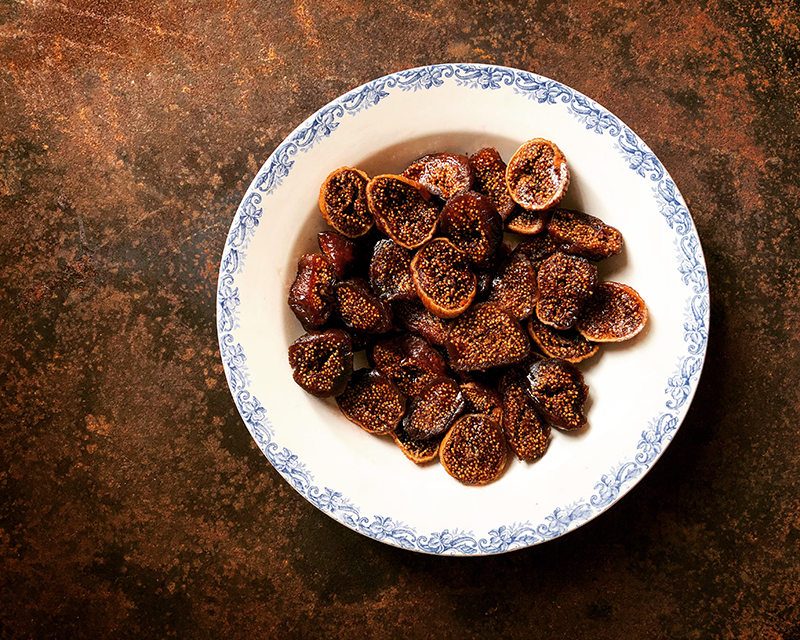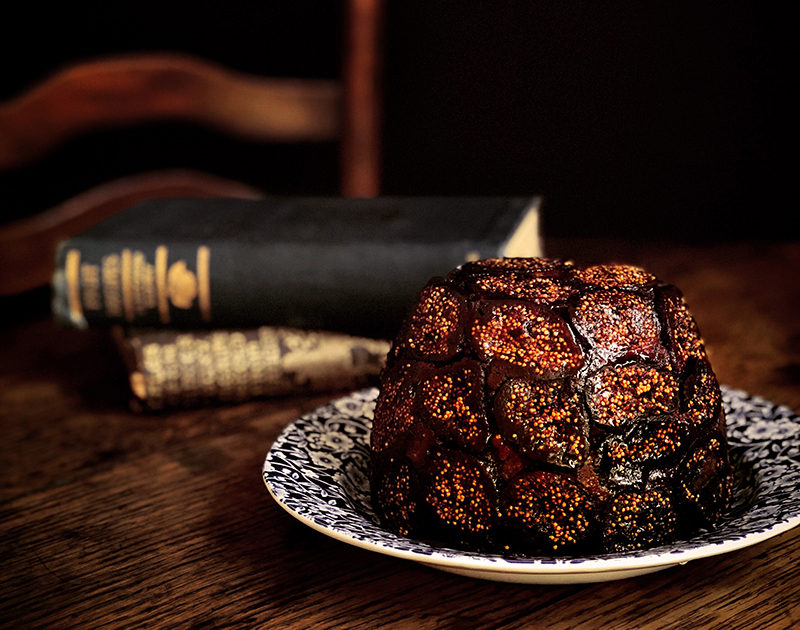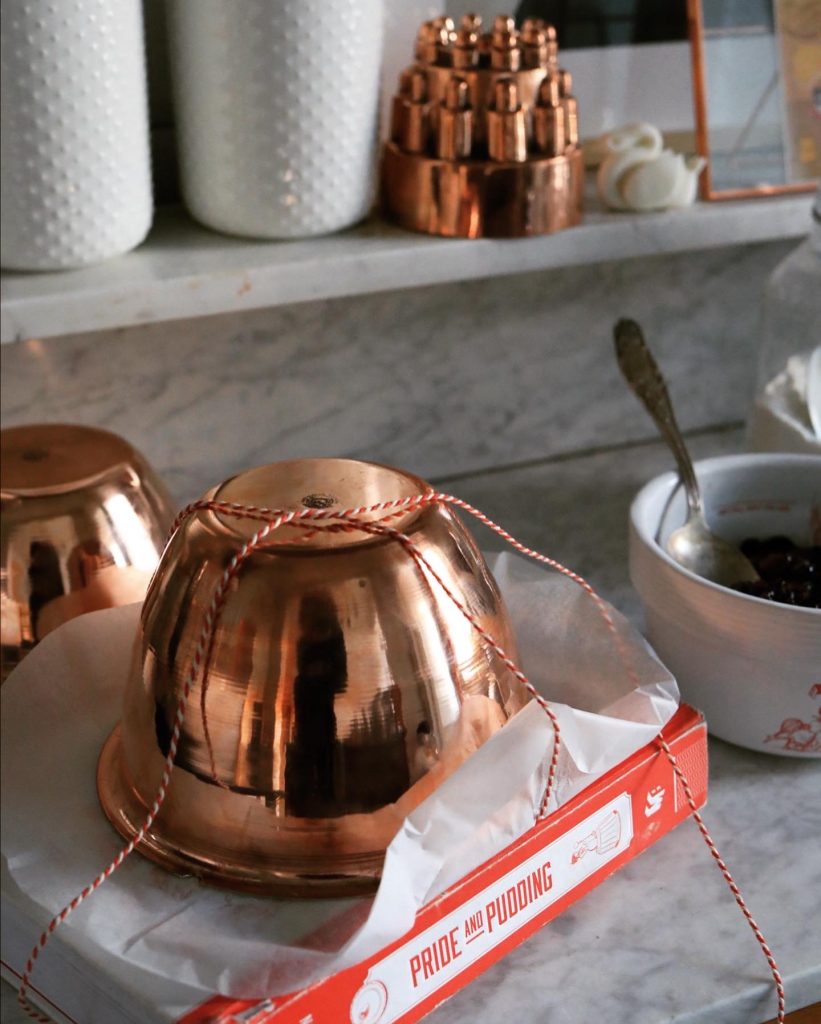The post Burleigh Pottery x Regula Ysewijn Competition appeared first on Miss Foodwise.
]]>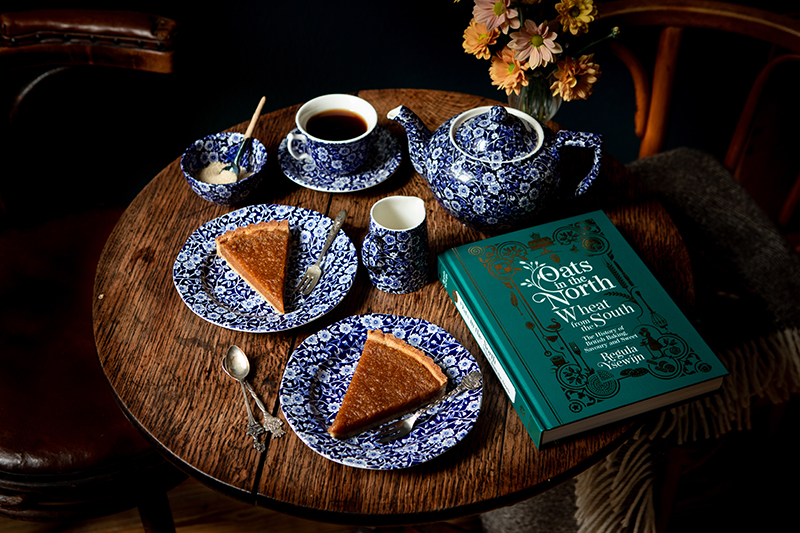 I am a huge Burleigh Pottery fan, as you will know if you have been following me on this website and my Instagram. I have used almost exclusively British pottery in my cookbooks Pride and Pudding and Oats in the North, Wheat in the South and a lot of that is Burleigh ware. That’s why Burleigh Pottery and I thought it was a super idea to team up to celebrate British pottery and my latest book on British baking! As an extra treat I’m finally sharing the pictures I took at Middleport Pottery many years ago, scroll down to find a reportage.
I am a huge Burleigh Pottery fan, as you will know if you have been following me on this website and my Instagram. I have used almost exclusively British pottery in my cookbooks Pride and Pudding and Oats in the North, Wheat in the South and a lot of that is Burleigh ware. That’s why Burleigh Pottery and I thought it was a super idea to team up to celebrate British pottery and my latest book on British baking! As an extra treat I’m finally sharing the pictures I took at Middleport Pottery many years ago, scroll down to find a reportage.
On to the giveaway! The winner will receive my book Oats in the North, Wheat in the South and Burleigh Pottery are offering this amazing Blue Calico (my favourite!) set worth over £250 consisting of:
A Blue Calico Teapot
A small milk jug
A sugar bowl
A large cake plate
2 dessert plates
2 teacups and saucers
All you need to do to be in the running to win is follow @burleighpottery and me @missfoodwise on Instagram and comment telling us why you’d love to win this incredible set of British pottery! You will have extra bonus entries if you share the competition page from @burleighpottery in an Instagram story, or if you bake my Treacle pumpkin tart recipe on the Burleigh website and share a picture of it on Instagram tagging us both (so we can see it and share!). Competition ends 31 oktober!
Burleigh ware is made by hand at the iconic Middleport Pottery in Stoke On Trent, it is the last working Victorian pottery in England. Burgess & Leigh was established in 1851. “Burleigh” is a combination of the two names William Leigh and Frederick Rathbone Burgess who were the founders. In my book Oats in the North, Wheat from the South’ which tells the history of British bakes and how the diverse climate of the British Isles influenced the growth of cereal crops and the development of a rich regional baking identity, you’ll read the story of the staple food of the pottery workers in the North of England and how these bakes are a fantastic relevant and healthy breakfast or lunch option today.
But since Halloween or Samhain is upon us I wanted to create a treacle tart with pumpkin for a very English pumpkin pie for this occasion. This recipe was adapted from the treacle tart recipe my latest book ‘Oats in the North, Wheat from the South’. Combining breadcrumbs with a sweet syrup in baked goods dates from before the 19th century, but the treacle tart that we know today came into existence sometime after the invention of the iconic golden syrup in 1883. It’s called “treacle tart” and not “golden syrup tart” because “treacle” is the general term for by-products of the sugar-refining process. Pecans are a nice addition to the tart crust, but don’t hesitate to replace them with more flour. See recipe on the Burleigh Pottery website here >
A couple of years ago I had the huge privilege to visit Middleport Pottery for a unique inside look into its Victorian buildings. Everything was covered in a thin layer of white dust, huge slabs of clay ready by the door. It was quiet and where there were people working, it felt like it was even quieter. The orange brickwork of the pottery was a bright light on a grey day which felt more like oktober than june. Behind an unassuming door I found a treasure trove of moulds, some over a century old. There were moulds for teacups, plates but also elaborate jelly moulds and other decorative pieces. The layer of dust on them acted like a blanket, where they rest until they can be used and produced again. The sleeping pottery of Middleport.
The only regret I have is that no one told us about the canal on the other side of the building, a place where barges come and go and where you can see the unique tower-high factory chimneys. I hope that one day, when this pandemic is over, I can travel here again, to walk by the streams in the beautiful Peak District and to once again enter the archway of Middleport pottery and make my photo reportage complete.
The post Burleigh Pottery x Regula Ysewijn Competition appeared first on Miss Foodwise.
]]>The post Brighton Rock Cakes – from Oats in the North, my new book appeared first on Miss Foodwise.
]]> Recipe and extract from Oats in the North, Wheat from the South, published with Murdoch Books and available here >
Recipe and extract from Oats in the North, Wheat from the South, published with Murdoch Books and available here >
Usually these buns appear as ‘Rock cakes’ or ‘Rock buns’ in old cookery books, but in 1854 two recipes for Brighton rock cakes appeared in George Read’s The Complete Biscuit and Gingerbread Baker’s Assistant. Read gives a recipe for Brighton rock cakes and another for Brighton pavillions. The latter are made the same way as Brighton rock cakes, but are finished with a topping of currants and coarse sugar that, he says, should be ‘as large as a pea’.
You can still buy Brighton rock cakes in the seaside town of Brighton at the Pavilion Gardens Café. The open-air kiosk at Brighton Pavilion has been selling Brighton rock cakes since 1940, and possibly even longer if we look at Read’s recipe from 1854. Rock cakes are popular throughout Great Britain and Northern Ireland, and often appear in literature. In Harry Potter and the Philosopher’s Stone, Hagrid serves them to Harry and Ron, and Agatha Christie also mentions them in more than one novel.
I wanted to share this recipe in publication week of my new book Oats in the North, Wheat from the South because currently I am missing the sunny Brighton beach, the buzzing pier, and the busy Brighton lanes with its independent shop walhalla. I miss the days without worry when we drove over to the UK for a weekend, antiquing, walking, eating… When the Corona crisis is over I’m planning a trip, but I wonder how we will feel post Corona, will we be free of worry or will the way we live change?
But for now, we can bake, do join my #bakecorona on social media.
This recipe only uses one egg, in a time when eggs are dear this recipe might be a solution, other recipes from the book which can be handy during shortages are the Soda bread – to save yeast, the Parkin – to save sugar, the Cornish Heavy cake NO eggs at all, Yorkshire parkin – just oat flour needed, the fat rascalls – just 1 egg needed, Swiss roll – no baking powder but lots of eggs, Flapjack – uses just oats or leftover muesli. And to save an egg, I use an egg less in my pound cake! Happy baking…
This recipe for Brighton rock cakes contains candied cedro, but most rock cakes only contain currants, so you can easily leave it out.
Recipe from Oats in the North, Wheat from the South, published with Murdoch Books and available here >
For 6 rock cakes
- 225 g plain (all-purpose) flour
- 100 g raw cane (demerara) sugar or white sugar
- 1 tsp baking powder
- 1/4 tbsp mixed spice
- pinch of sea salt
- 75 g chilled butter, diced
- 1 egg
- 3 tbsp full-fat milk
- 50 g currants
- 30 g candied cedro (optional)
- 3 glacé cherries, halved, to garnish (optional)
- nibbed sugar, to garnish (optional)
Method
Preheat your oven to 200°C (400°F) and line a baking tray with baking paper.
Mix the flour, sugar, baking powder, mixed spice and salt in a large bowl. Add the butter and rub it into the flour mixture until it has the consistency of breadcrumbs.
Stir in the egg, then add enough milk to bring the dough together without making it too wet. If the dough is too dry to press together, add a teaspoon of milk. Fold the currants and candied cedro through the dough. Form six rock cakes using two forks – this will help achieve a rugged, rocky look. Place on the baking tray and decorate with the cherries and sugar, if using. Bake in the middle of the oven for 15 minutes until the rock cakes have a golden blush.
The post Brighton Rock Cakes – from Oats in the North, my new book appeared first on Miss Foodwise.
]]>The post Figgy Pudding for my ‘National Trust Book of Puddings’ appeared first on Miss Foodwise.
]]>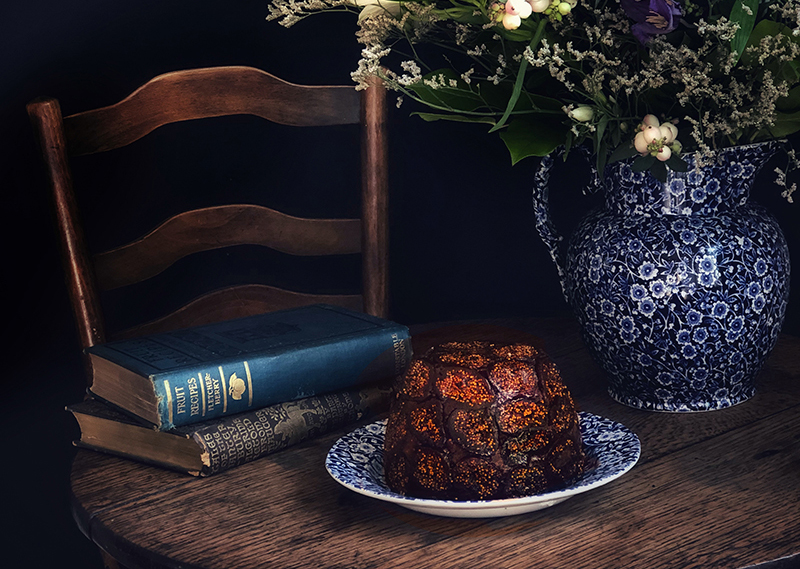
Today is Stir-up sunday and the most important day on the pudding calendar. Today is the day to prepare the Christmas pudding, or plum pudding. Why this should be done a month before Christmas is something I’ve written about in a previous posting here and in my book Pride and Pudding. But this year I wanted to give you an alternative to the traditional plum pud.
A figgy pudding is just another name for a plum pudding – and both of them generally refer to puddings made with raisins or currants and no figs at all. However there have been recipes for figgy pudding in the late 19th century, but those recipes did refer to puddings made with figs and didn’t give a recipe for plum pudding. Using dried figs, this results in a dark and luxurious winter pudding. Why not have this as your pudding on Christmas day for a change this year?
This is a recipe from my little book the ‘National Trust Book Of Puddings‘ which was published in april (2019).
Maybe you have noticed on instagram or you have spotted one of my previous post about the copper pudding basin I developed with the people from Netherton Foundry? It creates a perfect pudding because copper holds the heat much better than ceramics do. It is a pudding basin for life, and one to pass on to your sons and daughters, because this is seriously durable and also incredibly pretty. To find out more about the copper pudding pot, go over to Netherton Foundry’s website here.
Figgy Pudding – from my book ‘The National Trust Book of Puddings’
- 400g dried figs
- 3 tablespoons golden syrup
- 120ml red wine
- 20ml Cointreau
- 60g currants
For the pudding
- 110g plain flour
- 60g shredded suet
- 120g brown sugar
- 60g fresh breadcrumbs
- 1 teaspoon baking powder
- 1/2 teaspoon ground nutmeg
- 1 teaspoon mixed spice
- Pinch of salt
- 2 eggs
- 75ml stout or porter beer
Method
Start the day before you want to make the pudding. Put the figs and golden syrup into a saucepan with the red wine and Cointreau and bring to a simmer for about 5 minutes, stirring to immerse the figs in the liquid. When the figs have softened, remove them and set aside while simmering the liquid until it becomes syrupy. Cut any tough stems off the figs, then halve the figs and put them in the syrup to soak overnight. Soak the currants separately in a little water. It is also best to mix the pudding a day or a few hours in advance. Mix together all the dry ingredients in a large bowl, then add the eggs, currants and stout and mix well by gently stirring with a wooden spoon.
Prepare a 1.1-litre pudding basin for steaming and preheat the oven to 160C. See how to prep a pudding basin on this post about Christmas pudding here >
Arrange the halved figs all around the basin. Chop any leftover figs and fold them into the pudding mixture then spoon the mixture into the basin, cover and steam in the oven for 3 hours.
When done, turn the pudding out on to a plate. Warm any leftover syrup and drizzle over the pudding. Slice and serve with custard or clotted cream.
The post Figgy Pudding for my ‘National Trust Book of Puddings’ appeared first on Miss Foodwise.
]]>
